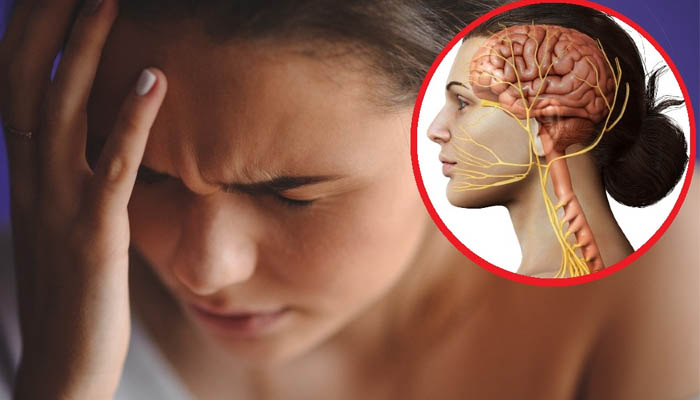TRIGEMINAL NEURALGIA AND OSTEOPATHY
Trigeminal neuralgia is the involvement of the trigeminal nerve, which is located in the skull. When this affectation appears, the person who suffers from it is in a lot of pain, so below we explain what it is exactly, and how we can help you at SOMSALUT through physiotherapy and osteopathy.
Usually, only one side of the face is affected. The trigeminal nerve leaves the skull more or less in front of the external orifice of the ear, and is distributed over the entire face. Its affectation is extremely disabling due to the intense and bursting pain it produces, and is a reason for frequent consultation in osteopathy clinics.
When the person suffers from this pathology, the pain can be triggered by everyday actions such as chewing, applying make-up, ingesting hot or cold food, or sounds. The duration of these bursts of pain usually ranges from a few seconds to 2-3 minutes, and can be repeated many times throughout the day or night.
The trigeminal nerve is an important nerve in the skull with sensory and motor functions. It has three branches, the upper or ophthalmic, the middle or maxillary, and the lower or mandibular.
- Motor function: it is responsible for innervating the muscles of mastication and those of the floor of the mouth.
- Sensory function: collects the sensitivity of the entire face and almost the entire skull, with the exception of the region of the nape of the neck and behind the ear. It is also responsible for the secretion of tears and saliva.
It must not be affected entirely, so we can have symptoms on the forehead, cheekbone, or chin, depending on the branch that is compressed; or we may have a compression of the nerve before its division, which would imply its total involvement.
Sometimes the cause of nerve involvement is unknown; others, on the other hand, are associated with diseases such as multiple sclerosis, a tumor that compresses the nerve, inflammation of a blood vessel that ends up compressing the nerve, complications after surgery in the area or muscle tension that ends up compressing the nerve (in different areas).

What can you do about it?
- Go to the doctor to have additional tests prescribed.
Magnetic resonance angiography is highly indicated, as it could also diagnose inflammation of a blood vessel compressing the nerve.
It usually affects people over 50, but it can appear at any age. It is usually more frequent in women. But if it appears in people under the age of 40 we should rule out important pathology, it could be the way multiple sclerosis or a tumor starts.
- Go to your trusted osteopath.
This nerve has a particular physical and neurological examination that we osteopaths are familiar with. We have specific techniques to assess its impact, and we also make a differential diagnosis with other possible disorders that occur in the same regions.
What can osteopathy offer you if you suffer from trigeminal neuralgia?
Remember that an altered emotional state can cause or worsening the symptoms. Anxiety, stress, contained anger can be some of the dominant moods in this type of process.
Avoid foods such as coffee, chocolate, dairy products, sausages, sweets, oranges and tangerines, fried foods… They can cause, in addition to the stress you may be suffering, your muscles to be more tense and the neuralgia complicated or the cause of the same. The first few days you may have a healing crisis, as the body is “detoxifying” these foods, but afterwards you will feel much better.
References
A. Alcántara Montero, CI Sánchez Carnerero. Update on the management of trigeminal neuralgia. Elsevier Semergen. 2016; 42(4):244-253.
https://clinicadolororofacial.es/nervio-trigemino/
https://medlineplus.gov/spanish/ency/article/000742.htm
https://www.clinicasilviamolins.com/osteopatia-en-la-neuralgia-del-trigenimo/
Photo: Adrian Swanca
